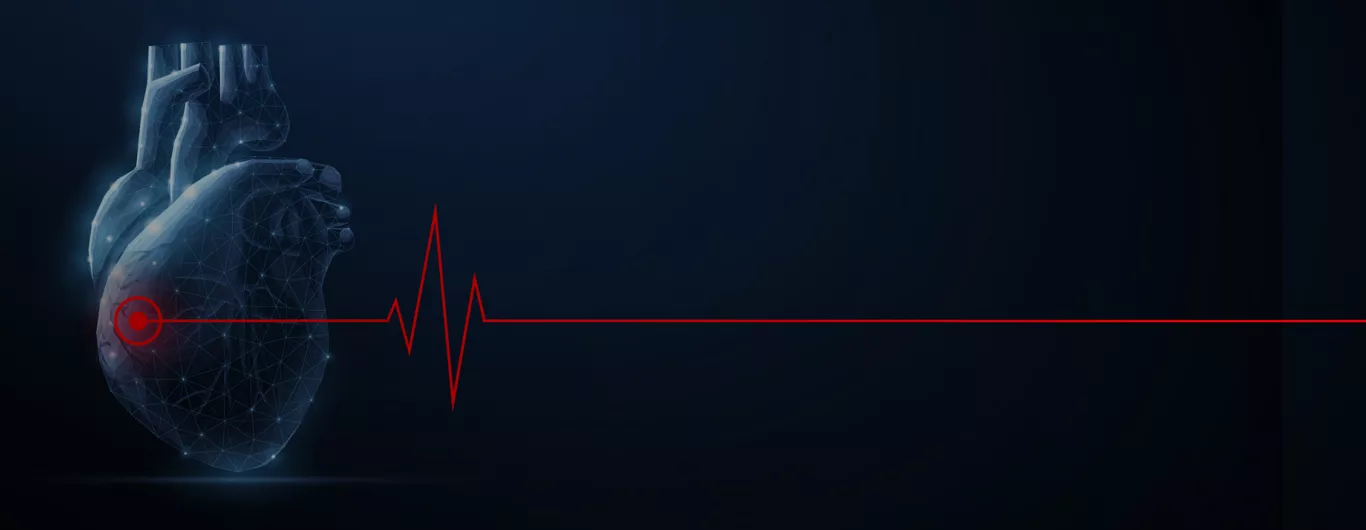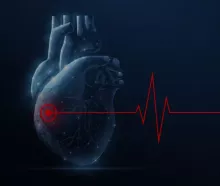Coronary angioplasty and stenting
Coronary angioplasty is a commonly performed medical procedure in the field of cardiology that is utilized to unblock obstructed coronary arteries. This interventional method is highly effective in restoring blood flow to the heart without the need for open heart surgery. Our cardiology department frequently performs angioplasty as an emergency procedure during heart attacks, and it is also employed as an elective surgery for patients suspected of having heart disease. During angioplasty, a long, thin tube called a catheter is inserted into a blood vessel and carefully guided to the blocked coronary artery. By doing so, the plaque or blood clot causing the obstruction is compressed against the walls of the artery, creating a wider passageway for increased blood flow.
In nearly all types of angioplasty procedures, our cardiology team employs coronary stents.
These stents are small, expandable metal mesh coils that are placed within the recently widened area of the artery. Their purpose is to prevent the artery from narrowing or closing again. Over time, typically within three to twelve months, the stent becomes fully lined with tissue as the surrounding tissues naturally coat it, resembling a layer of skin. Coronary angioplasty is a highly effective medical procedure performed by our cardiology department to open blocked coronary arteries. It involves the use of a catheter to guide the placement of a stent, which helps maintain improved blood flow by preventing the artery from narrowing or closing again.
Complex Coronary Intervention
Complex coronary intervention is a medical procedure conducted by a physician to treat a coronary artery that has become narrowed or blocked. The procedure involves using a fine angioplasty catheter, which is carefully guided to the narrowed portion of the artery using advanced imaging technology. A wired balloon is then inserted through the catheter and inflated, widening the narrowed segment and restoring proper blood flow.
After removing the angioplasty balloon, the physician places a catheter equipped with a stent into the artery. The stent is positioned against the arterial walls to provide support and maintain the widened passage. This entire process is minimally invasive, meaning it does not require extensive incisions. As a result, patients experience reduced discomfort and faster recovery times compared to more invasive surgical methods.
Coronary Imaging
Coronary imaging, also known as coronary artery imaging or cardiac imaging, is used by our cardiology team to visualize and assess the coronary arteries, which are the blood vessels that supply the heart with oxygen and nutrients. These imaging modalities provide valuable information about the structure and function of the coronary arteries, helping cardiologists diagnose and manage various cardiac conditions.
Coronary Angiography
This is the most widely used method for coronary imaging. It involves injecting a contrast dye into the coronary arteries and capturing X-ray images (coronary angiograms) as the dye travels through the vessels. Coronary angiography allows visualization of any blockages or narrowing in the arteries, aiding in the diagnosis of coronary artery disease (CAD) and guiding interventional procedures like angioplasty and stent placement.
Intravascular Ultrasound (IVUS): IVUS is a catheter-based imaging technique that utilizes sound waves to produce detailed cross-sectional images of the coronary arteries from inside the blood vessels. It helps assess the artery's wall structure, plaque composition, and degree of narrowing, enabling precise treatment planning during interventions.
Optical Coherence Tomography (OCT): Similar to IVUS, OCT is a catheter-based technique that uses light waves to create high-resolution images of the coronary arteries. It provides even more detailed information about the arterial wall and plaque characteristics, assisting in the evaluation of stent deployment and detecting complications during coronary interventions.
Coronary imaging techniques, especially coronary angiography, are crucial for diagnosing CAD, determining the extent and severity of arterial blockages, and guiding appropriate treatment strategies.
It also helps our cardiologists to precisely identify the location and nature of blockages, allowing them to perform angioplasty, stent placement, or other interventions with greater accuracy and success rates.
By providing detailed information about plaque composition and coronary artery condition, coronary imaging assists in risk stratification for patients with suspected or known CAD, helping cardiologists tailor treatment plans. Intravascular imaging techniques like IVUS and OCT aid in assessing stent deployment and ensuring optimal expansion and apposition against the arterial walls, reducing the risk of stent-related complications.
Cardiac CT and MRI offer non-invasive alternatives to assess coronary arteries and cardiac function without the need for catheterization or contrast dye injections, making them suitable for certain patients who may not be eligible for invasive procedures.
Pacemaker devices
Pacemaker devices are small, battery-operated devices used by our cardiology team to treat certain heart rhythm abnormalities or arrhythmias. These devices are implanted under the skin, in the chest area, and are connected to the heart through one or more leads (thin insulated wires). Pacemakers deliver electrical impulses to the heart muscle, helping to regulate its rhythm and ensure it beats at a normal rate and in a coordinated manner.
Local anesthesia is administered to numb the area where the pacemaker will be implanted. In some cases, sedation or general anesthesia may be used. The cardiologist makes a small incision in the chest to create a pocket under the skin for the pacemaker. The leads are threaded through a vein into the heart and secured to the heart muscle or its chambers. The number of leads used depends on the type of pacemaker and the specific condition being treated. The pacemaker device is then inserted into the pocket under the skin and connected to the leads. Once the pacemaker is in place, it is tested to ensure it functions correctly and meets the patient's specific needs. The cardiologist programs the pacemaker to deliver the appropriate electrical impulses to address the individual's heart rhythm issue. The incision is carefully closed with sutures or adhesive strips.
Pacemakers are commonly used to treat bradycardia, a condition where the heart beats too slowly. A pacemaker can also help bypass the heart blockage and ensure the heart beats regularly and at the right pace. A pacemaker with specialized features may be used to manage this complex arrhythmia and prevent dangerous fluctuations in heart rate. In some cases of heart failure, a special type of pacemaker called a cardiac resynchronization therapy (CRT) pacemaker can be used to coordinate the heart's contractions more effectively and improve its pumping efficiency.
Device closure
Device closure, also known as percutaneous closure, is a non-surgical procedure used by our Cardiologists to close certain types of structural heart defects. This technique allows the closure of specific openings or communication between chambers of the heart or blood vessels without the need for open-heart surgery. It is a minimally invasive alternative that typically involves catheter-based intervention.
During a device closure procedure, a catheter (a thin, flexible tube) is inserted by our cardiologist into a blood vessel, usually in the groin area, and carefully guided to the heart under X-ray or imaging guidance. The cardiologist then positions the closure device within the heart to close a hole, opening, or communication between chambers of the heart or blood vessels.
The most common structural heart defects treated with device closure include:
- Atrial Septal Defect (ASD)
- Patent Foramen Ovale (PFO)
- Ventricular Septal Defect (VSD)
- Patent Ductus Arteriosus (PDA)
- Left Atrial Appendage (LAA)
- Aortic stent grafting
Aortic stent grafting is a type of minimally invasive surgery used to treat aortic aneurysms. An aneurysm is a weakened and enlarged section of the aortic wall that can potentially rupture if left untreated, leading to life-threatening bleeding.
During aortic stent grafting, a specially designed stent graft is placed inside the weakened section of the aorta to reinforce and support the vessel wall, effectively sealing off the aneurysm and preventing the risk of rupture. The stent graft is delivered and positioned through the blood vessels using catheters, without the need for open surgery.
The procedure is performed by our doctors under local anesthesia with sedation or general anesthesia, depending on the patient's condition and the extent of the intervention. The surgeon makes small incisions in the groin area to access the femoral arteries or in the upper arm to access the brachial arteries. Through these incisions, catheters are inserted into the blood vessels.
A guidewire is threaded through the catheter and advanced through the blood vessels to the site of the aneurysm. The stent graft, which is a fabric-covered metal mesh tube, is then loaded onto a delivery catheter. The catheter, with the stent graft inside, is advanced over the guidewire and positioned accurately within the aneurysm. Once the stent graft is in the correct position, it is carefully deployed by pushing it out of the delivery catheter. The stent graft expands and adheres to the aortic walls, sealing off the aneurysm from the blood flow. After ensuring proper positioning and sealing, the catheters and guidewire are removed, and the incisions are closed.



